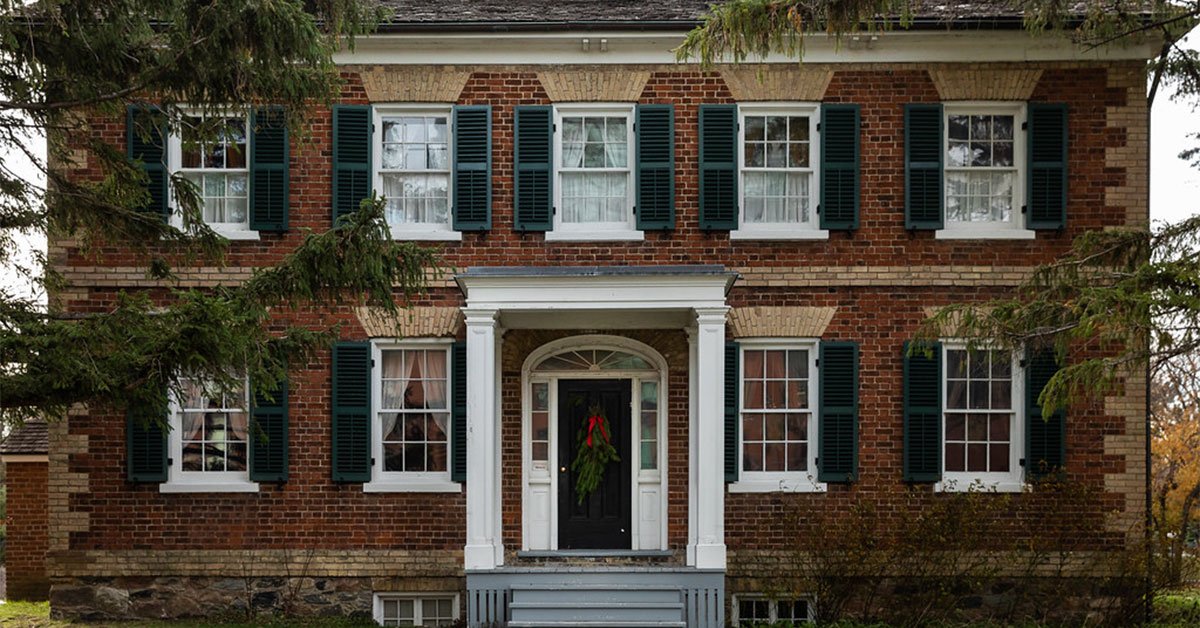Physical Address
304 North Cardinal St.
Dorchester Center, MA 02124
Physical Address
304 North Cardinal St.
Dorchester Center, MA 02124

Boston is a city where history lives and breathes in every corner, and the Gibson House Museum is no exception. Tucked away in the Back Bay, this impeccably preserved 19th-century brownstone offers a rare glimpse into the life of Boston’s elite during the Victorian and Edwardian eras. From its ornate interiors to its fascinating exhibits, the Gibson House is more than just a museum—it’s a time capsule. Whether you’re a history buff, architecture enthusiast, or simply looking to explore Boston’s cultural treasures, the Gibson House Museum promises an enriching experience.
The Gibson House Museum is at 137 Beacon Street, in the heart of Boston’s iconic Back Bay neighborhood. This picturesque area is famous for its historic brownstones, tree-lined streets, and the proximity to the Charles River Esplanade.
For those using public transportation, the museum is easily accessible via the MBTA Green Line. The closest station is Arlington, just a 5–7-minute walk away. From there, stroll along Beacon Street and admire the surrounding historic architecture as you visit the museum.
Driving and Parking
Be prepared for limited street parking in the Back Bay area if driving. Metered parking is available, but it’s recommended to use one of the nearby parking garages, such as the Boston Common Garage or the Clarendon Street Garage, within a 10-minute walk of the museum.
Walkability
If you’re staying in central Boston, the Gibson House Museum is wonderfully walkable. It’s just a short distance from landmarks like Copley Square and the Boston Public Garden, making it an easy addition to your itinerary.
The Gibson House Museum offers a fascinating window into Boston’s past. Built-in 1859, this house was one of the first to grace the newly filled land of Back Bay, an ambitious urban development project that transformed a tidal marsh into the iconic neighborhood we see today. Designed in the Italian Renaissance style by architect Edward Clarke Cabot, the home was initially owned by Catherine Hammond Gibson and her son Charles Hammond Gibson Jr., whose family wealth came from shipping and trade.
The Gibson family lived in the house for three generations, preserving much of its original furnishings and décor. Charles Hammond Gibson Jr., a bachelor, was the last of his line to occupy the home. A writer and cultural enthusiast, he ensured the house remained a time capsule of Victorian Boston. Upon his death in 1954, the property was converted into a museum to preserve its unique historical and architectural significance.
Today, the museum is a rare survivor of its era, showcasing the tastes, traditions, and lifestyle of Boston’s upper-class residents during the late 19th and early 20th centuries. With its meticulously preserved interiors, the Gibson House remains a National Historic Landmark and a must-see destination for those seeking a deeper connection to Boston’s heritage.
A visit to the Gibson House Museum is a feast for the senses. Every corner tells a story, from the creak of its original hardwood floors to the intricate details of its period furnishings. Here’s what you can look forward to during your visit:
The museum’s interiors are the crown jewel of the experience. Wander through the parlor, dining room, bedrooms, and kitchen, each meticulously preserved with original furnishings, textiles, and decorative arts. The parlor, in particular, stands out with its ornate wallpaper, antique furniture, and a piano that once entertained guests during evening soirees.
Fans of Victorian decor will appreciate the lavish attention to detail. From gilded mirrors to gas lighting fixtures and detailed wood carvings, the museum showcases 19th-century craftsmanship.
The only way to fully explore the house is through a guided tour led by knowledgeable docents who bring the history of the Gibson family to life. Tours last approximately 45 minutes and delve into the home’s cultural, architectural, and social aspects.
The museum houses an impressive collection of personal items from the Gibson family, including antique clothing, books, photographs, and more. Each artifact offers a window into the day-to-day life of the family and the broader social norms of Boston’s elite at the time.
One of the most intriguing aspects of the museum is its attention to the lives of the house’s staff. The servant quarters and kitchen starkly contrast the luxury of the main living areas, illustrating the divide between the family and those who worked behind the scenes.
After soaking in the history of the Gibson House, please take advantage of its prime location to explore more of Boston’s iconic attractions. Here are some must-see spots within walking distance:
Just a short walk away, the Boston Public Garden is a serene oasis with winding pathways, vibrant flower beds, and the famous Swan Boats.
Perfect for a stroll or bike ride, the Charles River Esplanade offers stunning waterfront views and a chance to relax amidst nature.
Home to landmarks like the Boston Public Library and Trinity Church, Copley Square is a cultural and architectural gem.
For shopping and dining enthusiasts, Newbury Street is an eight-block stretch of boutiques, art galleries, and restaurants.
Venture further to explore Beacon Hill, one of Boston’s oldest neighborhoods, known for its gas-lit streets and charming brick row houses.
Baseball fans can take a short ride to visit the legendary Fenway Park, the home of the Boston Red Sox.
The Gibson House Museum is a hidden gem that invites you to pause, reflect, and immerse yourself in Boston’s rich past. Its central location and nearby attractions make it an unmissable stop for history lovers and curious travelers.